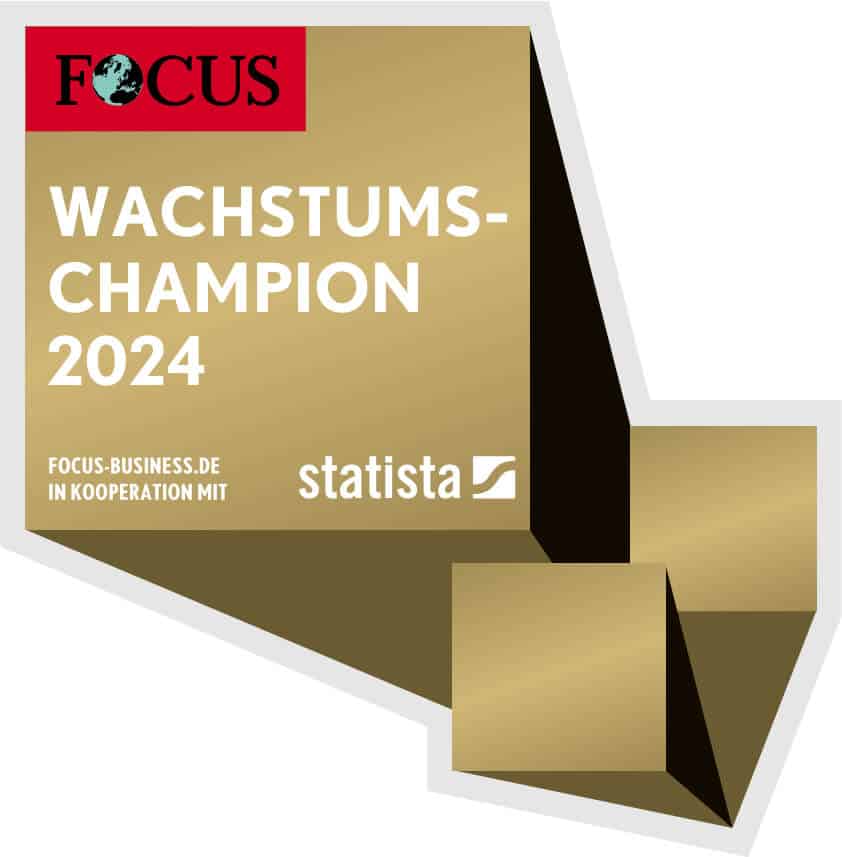The first two parts of this blog post were about the introduction of agile management methods and the associated - often emotionally charged - potential for conflict due to the different perspectives of those involved on this topic. The consideration, inclusion and thematization of Emotions in everyday business life thus become an important management task. Managers should be able to recognize the social functions of emotions in order to learn to understand how emotions connect groups, teams or even departments on the one hand and divide them on the other. In Part Three below, you will find out which steps are necessary for this and how managers can deal with emotions in the company correctly.
Starting point corporate culture
The starting point for dealing with emotions is certainly the corporate culture, as this is where the "rules" for internal organizational interaction and dealing with external contacts are defined (Schein, 1988; Smollan & Sayers, 2009). Culture therefore encompasses all assumptions, principles, values, norms and rules that determine corporate life. Put simply, culture is "how things are done around here" (Martin, 2002). This determines, shapes and directs the behaviour of organizational members as open or less open. The question of how employees - and managers - specifically deal with emotions in the company must therefore start here.
Emotions in everyday corporate life: this is where companies should start
In change projects in particular, emotion-related factors are neglected, i.e. announcements, workshops, interactions with managers and colleagues trigger emotions in those involved - both positive and often negative. Negative emotions are often perceived when it comes to the possible loss of a job or status in the organization. Displeasure about the way the project is proceeding - especially the behavior of superiors - or doubts about the correctness of the goals are also frequent reasons for the expression of negative feelings.
Positive emotions are expressed less frequently, for example when new opportunities for personal advancement open up or new interesting tasks have to be completed. This is why organizational culture is of such paramount importance. It is here that we negotiate which emotions can be shown openly or whether they must be suppressed. In other words, organizational culture can support and sustain change - or be a decisive factor if change efforts fail and employees fail to adapt to the new, whether at an individual and/or departmental level (Smollan & Sayers, 2009). This raises the crucial question for managers: what can be done to steer emotional momentum in the right direction?
Active, open design of the emotional landscape
Consequently, approaches and methods should be sought that allow emotions to be actively dealt with. And since it is in the context of Digitization processes almost always involve teams that have to drive change responsibly, it should - as in the contributions One and Two (Kupiek, 2019a, b) - the emotional landscape of the group must be analyzed. This analysis must not be limited to the individual. The complexity of the project per se and the numerous points of contact between the team and other teams require ideas on how to deal with intra- and inter-group conflicts. However, revealing feelings publicly is still a highly delicate matter, because who wants to tell colleagues and superiors that they are afraid of change or totally enthusiastic about the new approach? This observation can also be applied to other contexts, but applies all the more to emotions within the company.
Depending on the culture, this results in more or less innocuous statements, which, however, only inadequately describe the real emotional map of the group. What is missing is a kind of compass that can show the direction from a specific starting point. This can be illustrated quite pragmatically using a four-field matrix. Each team member can first describe their current emotional state by rating the feelings they currently perceive as pleasant or unpleasant. This is combined with the perceived intensity of the emotion, for example anger (unpleasant) and strong intensity or excitement. Once all team members have completed this self-assessment, the result is an emotional landscape that reflects the state of everyone involved. This can result in a negative combination, for example great resentment, aversion and anger, if high arousal and strong unpleasant feelings are depicted. When arousal is low, a form of lethargy, inactivity and frustration is more likely to emerge (Russell, 1980, 2003). So here lies a key to inspiring a team and generating positive feelings so that a Change project can be led to success.
Language: a prerequisite for dealing with emotions correctly in the company
Language plays a key role in the ability to express emotions (Barrett, 2017b). Roughly speaking, three forms can be distinguished.
One High emotional fluency means that a person knows many different terms and therefore emotional concepts. He or she can use these for at least one goal, but usually for several. The person can call up hundreds of different concepts; for example, in the context of the emotion concept of anger, he or she also knows anger, indignation, being upset, wildness, rebellion, agitation, argument, attack, resistance or being choleric and agitated. With this repertoire, she is able to show an appropriate emotion in a very specific situation.
One Average emotional fluency comprises fewer concepts, perhaps a few dozen. There is no refined ability to express oneself. However, the available concepts enable the person to show adequate emotions in certain situations.
One Low language ability can be observed when a person only has a few emotion words, which are usually only assigned to one superordinate concept. For example, people only know the word "being frustrated" for all unpleasant feelings without being able to describe the context in more detail. However, these concepts are the critical input for experiencing emotions, perceiving them and dealing with them accordingly. These skills can make a decisive contribution to visualizing an emotional state within a group, which makes it possible to talk about feelings in a professional context and change them in a goal-oriented manner.
The written word can also be analyzed as part of a sentiment analysis (Mohammad, 2012), for example to examine the prevalence of emotional words in emails, annual reports, customer correspondence, etc.. This can be used to determine the degree of emotionality in a company, whether communication is more factual or whether fears and other negative emotions are in the foreground compared to positive, optimistic and confident messages.
Conclusion: Successful change management requires an open emotional landscape in the company
In summary, it can be said that change processes in the company in particular must be perceived and understood as triggers of positive and negative emotions. This means that organizational change management should actively take emotions in the company into account. This applies both on an individual and group-specific level. The way in which emotions are expressed in the company deserves particular attention.
Further tools are available for dealing with emotions correctly in the company (Kupiek, 2018) in order to successfully shape the future in challenging times.
Bibliography on the correct handling of emotions in the company
The following works were cited in this article:
- Barrett, L. F. 2017b. How Emotions are Made. New York: Macmillan.
- Kupiek, M. 2018. Emotions in digital transformation projects - meaning and implications for organizational change management. In M. A. Pfannstiel, & P. F. J. Steinhoff (Eds.), The Enterprise Transformation Cycle: theory, application, practiceWiesbaden: Springer Fachmedien Wiesbaden.
- Kupiek, M. 2019a. Agility in the company: How Digital Transformation and Agile Management are Shaping Everyday Business. In TCI-Partners (Ed.), Blog.TCI-Partners.com, Vol. 2019.
- Kupiek, M. 2019b. The Importance of Emotions in Everyday Business in the Age of Digital Transformation and Agile Management. In TCI-Partners (Ed.), Blog.TCI-Partners.com, Vol. 2019: TCI.
- Martin, J. 2002. Organizational Culture: Mapping the Terrain. Thousand Oaks, CA: Sage Publications.
- Mohammad, S. M. 2012. From once upon a time to happily ever after: Tracking emotions in mail and books. Decision Support Systems, 53: 730-741.
- Russell, J. A. 1980. A circumplex model of affect. In: Journal of Personality and Social Psychology, 39(6): 1161-1178.
- Russell, J. A. 2003 Core affect and the psychological construction of emotion. In: Psychological Review, 110(1): 145-172.
- Schein, E. H. 1988. Organizational Psychology (3 ed.). London: Prentice Hall.
- Smollan, R. K., & Sayers, J. G. 2009. Organizational Culture, Change and Emotions: A Qualitative Study. Journal of Change Management, 9(4): 435-457.
(Cover image: © mooshny | stock.adobe.com)


